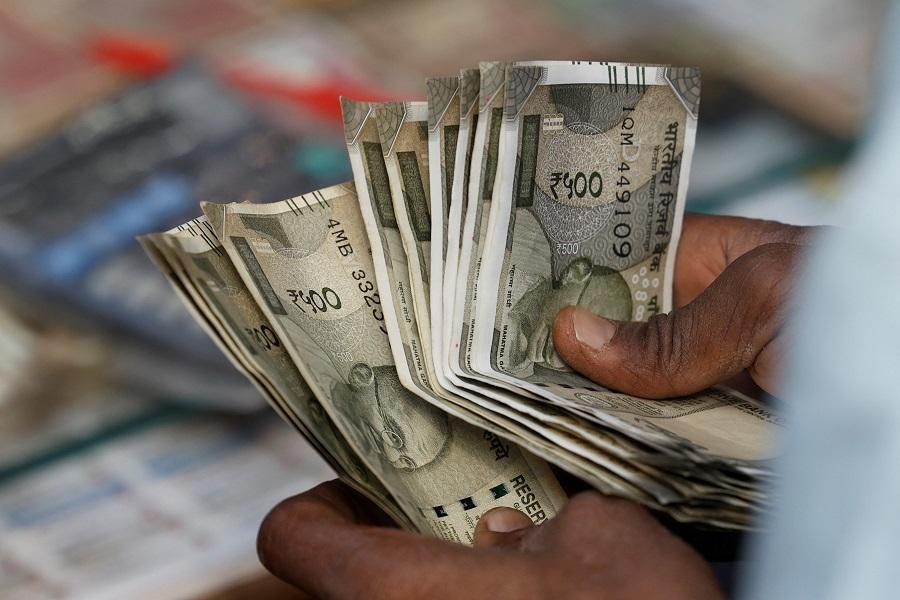
Rupee set to open weaker as Trump threatens 25% tariff on exports
The Indian rupee is likely to open weaker on Thursday, following a fresh threat from U.S. President Trump to impose a 25% tariff on Indian exports. Despite ongoing talks between the two countries, the move has sent shockwaves through the market, with traders expecting the Reserve Bank of India (RBI) to intervene to stabilize the currency.
In a tweet on Wednesday, Trump hinted at imposing a 25% tariff on Indian exports, citing the country’s high tariffs on American goods. This has sparked concerns about a potential trade war between the two nations, with the Indian rupee already under pressure due to a range of factors, including a widening current account deficit and rising oil prices.
As a result, the rupee is expected to open weaker on Thursday, with the 1-month non-deliverable forward (NDF) suggesting an opening range of 87.66-87.69, versus 87.42 previously. This is a significant move, as the rupee has already fallen to a record low of 87.95 against the U.S. dollar in recent weeks.
Traders are bracing themselves for a volatile session on Thursday, with many expecting the RBI to step in to stabilize the currency. The central bank has already intervened in the market in recent weeks, selling dollars to support the rupee and prevent it from falling further.
“It’s a very challenging situation for the RBI,” said a Mumbai-based currency trader. “The rupee is already under a lot of pressure, and Trump’s tariff threat has added to the uncertainty. The RBI will likely step in to support the rupee and prevent it from falling further.”
The RBI has a range of tools at its disposal to stabilize the currency, including selling dollars in the market and setting high interest rates to attract foreign investors. The central bank has also been using its foreign exchange reserves to support the rupee, with reserves falling to a seven-month low of $421.4 billion in June.
Despite the challenges facing the rupee, some analysts are optimistic about the currency’s prospects in the long term. “The rupee has been under pressure due to a range of factors, including a widening current account deficit and rising oil prices,” said a foreign exchange analyst with a leading bank. “However, we believe that the rupee has the potential to strengthen in the long term, driven by India’s strong economic growth and attractive investment opportunities.”
The rupee’s weakness has also been driven by a range of other factors, including a decline in foreign institutional investor (FII) flows and a widening trade deficit. The trade deficit has been a major concern for the RBI, with the country’s imports outpacing its exports in recent months.
However, some analysts believe that the rupee’s weakness could be a buying opportunity for investors. “The rupee has been under pressure due to a range of factors, but we believe that it has the potential to strengthen in the long term,” said a Mumbai-based currency trader. “We recommend buying the rupee against other emerging market currencies, such as the Chinese yuan and the Brazilian real.”
In conclusion, the rupee is likely to open weaker on Thursday following Trump’s threat to impose a 25% tariff on Indian exports. The RBI may step in to stabilize the currency, but the move has also sparked concerns about a potential trade war between the two nations. Despite the challenges facing the rupee, some analysts are optimistic about the currency’s prospects in the long term, driven by India’s strong economic growth and attractive investment opportunities.






